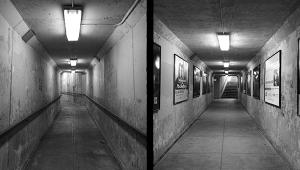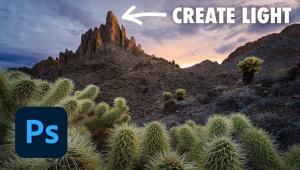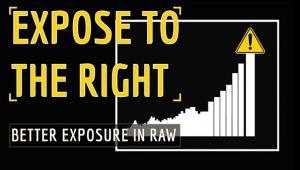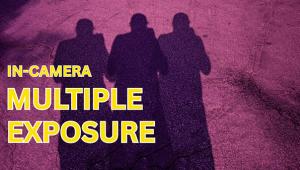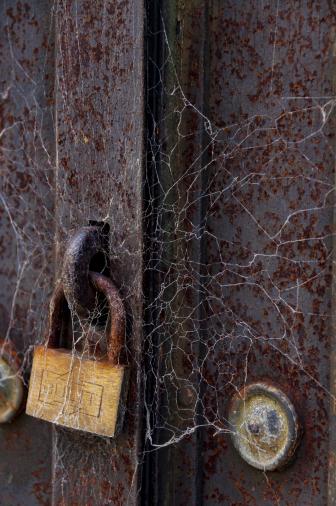The Terminator Line
The Terminator Line
Use The Edge Of Night & Day In Your Landscape Images
by Brad Perks
The terminator line is created by the earth’s shadow. It is literally the edge of night and day, which some photographers refer to as the twilight zone. The shadow first appears in shades of blue along the horizon. Dramatic terminator lines fade from shades of soft, pastel blue into a pretty pink sky, a gradual blending of pastel colors that punch up the natural colors of the entire scene. Using the terminator line helps you go beyond what is normally associated with sunsets into the unexpected.
These pastel color displays can appear at sunrise or sunset; all take shape 180? away from the sun. It first appears when the sun is just below the horizon and the earth is creating this shadow in space. The colors will be at their picture perfect peak for only 5 minutes.
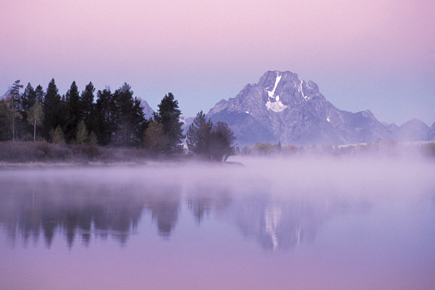 |
|
|
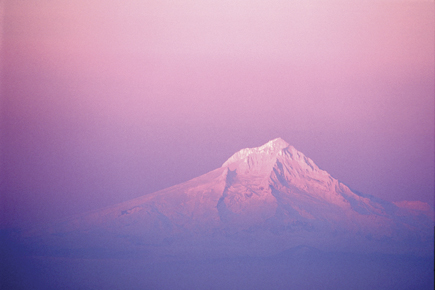 |
|
|
The colors of the terminator line vary in intensity. The bolder the colors the better I like them for pictures. Clear morning skies with low particulate matter can create more intense colors. Too much pollution or moisture can scatter the light and dull the subtle pastel colors. The terminator line
also has a noticeable sweet spot directly across from the sun. The very best neon electric terminator lines can happen anywhere, but they are few and far between.
 |
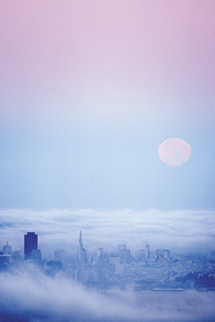 |
||
|
|
Some Terminator Line Tips
Film or digital, bracket exposures.
Try a variety of vertical and horizontal pictures.
Landscapes and tripods go hand-in-hand.
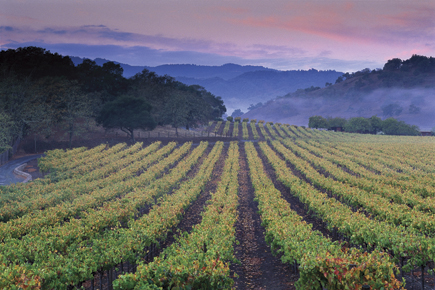 |
|
|
 |
|
|
ND Could Mean “No Darkroom”
The pastel colors of the terminator line are three stops brighter than the earth below so a three-stop, soft edge Neutral Density filter will do the trick. The ND filter will even out the different exposures in your picture. It saves time on the computer doing darkroom work when I make a balanced exposure in the camera.
I use a Singh-Ray graduated ND filter in a Cokin P-Series holder. The first thing I do is remove any dust from the filter with a soft brush. I position the filter with my lens zoomed out to the widest angle of view. It makes it easier to see when the filter is in the right position. I line up the dark portion of the ND split filter to hold back the exposure of the sky above the horizon. I zoom in to recompose my picture once I have the filter where I need it.
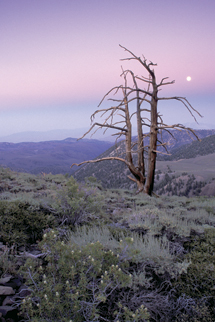 |
 |
||
|
|
Contacts
Cokin USA
www.cokinusa.com
Singh-Ray Filters
www.singh-ray.com
To see more of the author’s work please visit Brad Perks Lightscapes Photo Gallery at http://bradperks.com.












